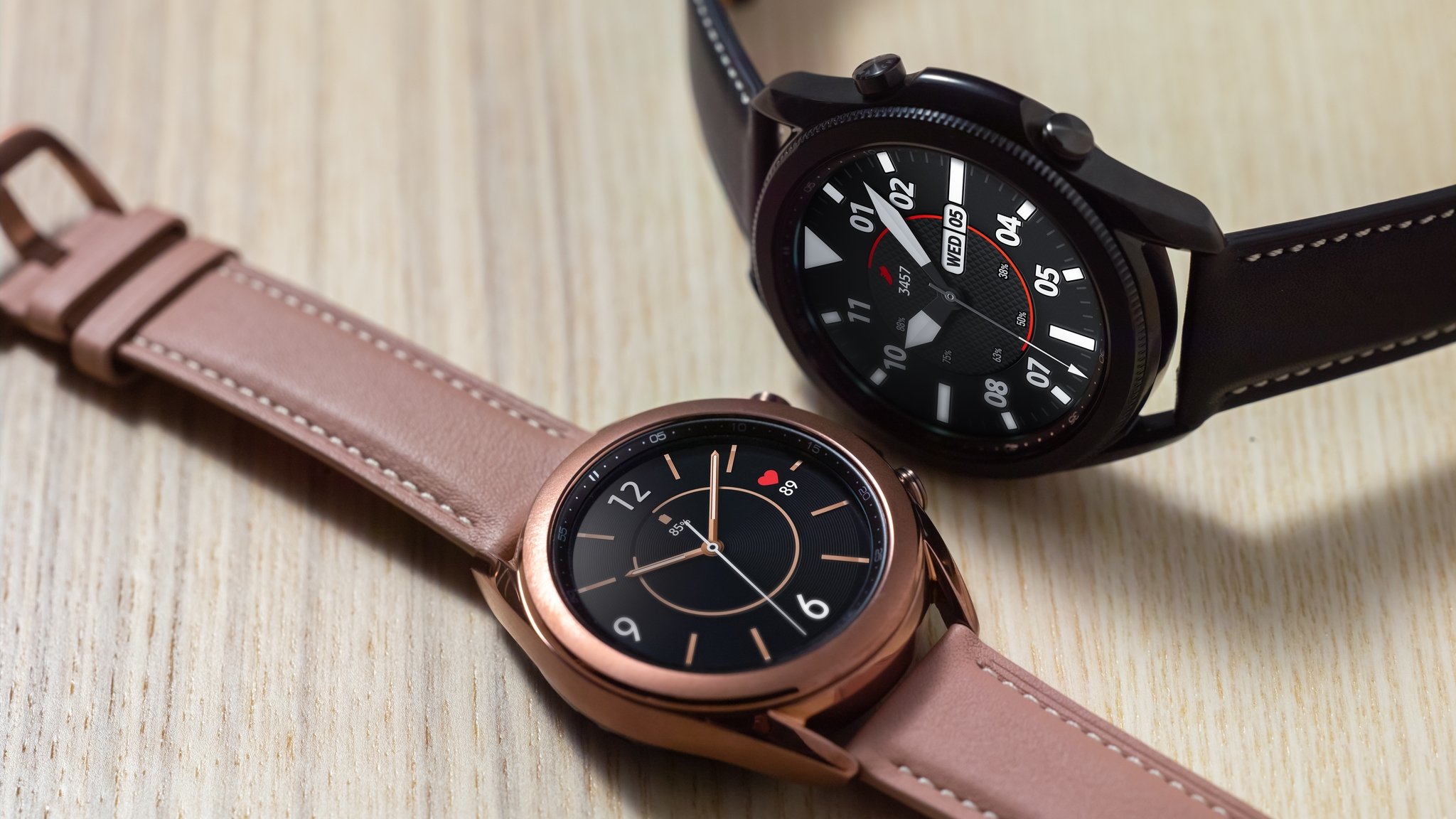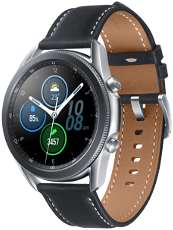Should you buy a Samsung Galaxy Watch 3 with LTE?

Best answer: Most people should buy the standard Bluetooth model of the Galaxy Watch 3. It's less expensive upfront and doesn't require an ongoing service with your carrier. Aside from streaming music and receiving calls independent of your phone, it does everything that the LTE model does — and has better battery life.
It's about more than the up-front price difference
The Galaxy Watch 3 is not a cheap device, starting at $339 for the 41mm Bluetooth model, but is the Galaxy Watch 3 with LTE worth it? The LTE models get an obvious price mark-up — that's whether you buy directly from Samsung or buy from a carrier like T-Mobile. While the cost to add LTE has come down some over previous Galaxy Watch models, you'll still be looking at about a $50 upcharge.
On a percentage basis, paying that much extra is annoying for a watch that is otherwise the same. But really, that upfront cost is inconsequential; what you really need to keep in mind is the ongoing cost of that LTE connection for your watch.
It's more money upfront and another $10 per month as long as you use it.
Different carriers offer different plan options, but T-Mobile is the cheapest plan offering for the Galaxy Watch 3 with LTE. You'll pay an extra $10 per month just to get LTE service on your watch, and you'll have to add it to an existing T-Mobile plan. So if you have another carrier, you'll have to wait for it to support the watch before you can even consider buying one.
That's an extra $120 per year just for the connection on your watch. The question is, how much do you really need to have a dedicated connection to your smartwatch? Maybe for you, it is well worth it for your particular situation. You could find some pretty great accessories to customize your Galaxy Watch 3 for that kind of money.
LTE doesn't give you a whole lot
Get the latest news from Android Central, your trusted companion in the world of Android
The extra ongoing cost is tough to swallow because a mobile data connection doesn't add much to the Galaxy Watch 3 experience.
You can receive calls and messages, but you can't really accomplish much on this small screen.
The main benefit is the ability to make and receive calls and messages on your watch when you're not near your phone. That means you could go on a run or a bike ride miles away from your phone but still get important contact from people directly. Calls are handled via the watch's speaker or over Bluetooth headphones. The functionality isn't just limited to SMS, either — you get a proper remote connection to your phone so that it can mirror any notification from your phone to the watch. You can't do much on this little circular watch's display regarding the notification, but you at least get it.
You can also use that LTE connection for apps and widgets on the watch, again without the assistance of a phone. You can stream music from Spotify, and you can get up-to-date information like the weather and news headlines delivered to your wrist anywhere you are.

Those are only useful features for a tiny set of people, though. Most of us have our phone nearby most (if not all) of the time, and the standard Galaxy Watch 3 has Wi-Fi for a remote connection. Spotify can cache playlists to the local storage on the watch for runs or rides, and most of the apps on the watch can't do a whole lot considering the size of the screen, making that information less useful than you'd think.
And when it comes to tracking those outdoor runs or rides, GPS works just fine on the watch regardless of whether you also have an LTE connection.
Battery life takes a hit
And as a trade-off for that extra LTE functionality, you get lower battery life. It's pretty intuitive: Bluetooth is much more energy-efficient than LTE, so every minute you're using that mobile data connection, it's using the extra battery. So if you take a run and stream Spotify for an hour over mobile data, you could take a sizable chunk out of your battery.
The standard Galaxy Watch 3 can make it anywhere between one and four days on a charge, depending on which model you get and how you configure its settings. Still, you can expect to cut a couple of hours per day off of each of those estimates if you use LTE regularly.
Should you still consider a Galaxy Watch 3 at all?
The Samsung Galaxy Watch 3, LTE or Bluetooth only, is excellent. Still, if you heard the news about Google and Samsung working together on a new operating system for smartwatches — you might be wondering if getting a Galaxy Watch 3 is worth it. The answer is still a yes, mostly because Samsung has three years of support for its Galaxy Watch lineup.
With the Galaxy Watch 3's launch in August 2020, it still has a good while before it's put out to pasture. So, unless you want to be sure that your smartwatch purchase lasts beyond August 2023, that Galaxy Watch 3 is still an excellent option.

Don't get tied to a carrier plan for very few extra features.
The Galaxy Watch 3 is a great device, even without LTE. Between a Bluetooth connection to your phone, Wi-Fi and local storage, and GPS for outdoor activities, there's little need to spring for LTE considering its extra cost.

Andrew was an Executive Editor, U.S. at Android Central between 2012 and 2020.
